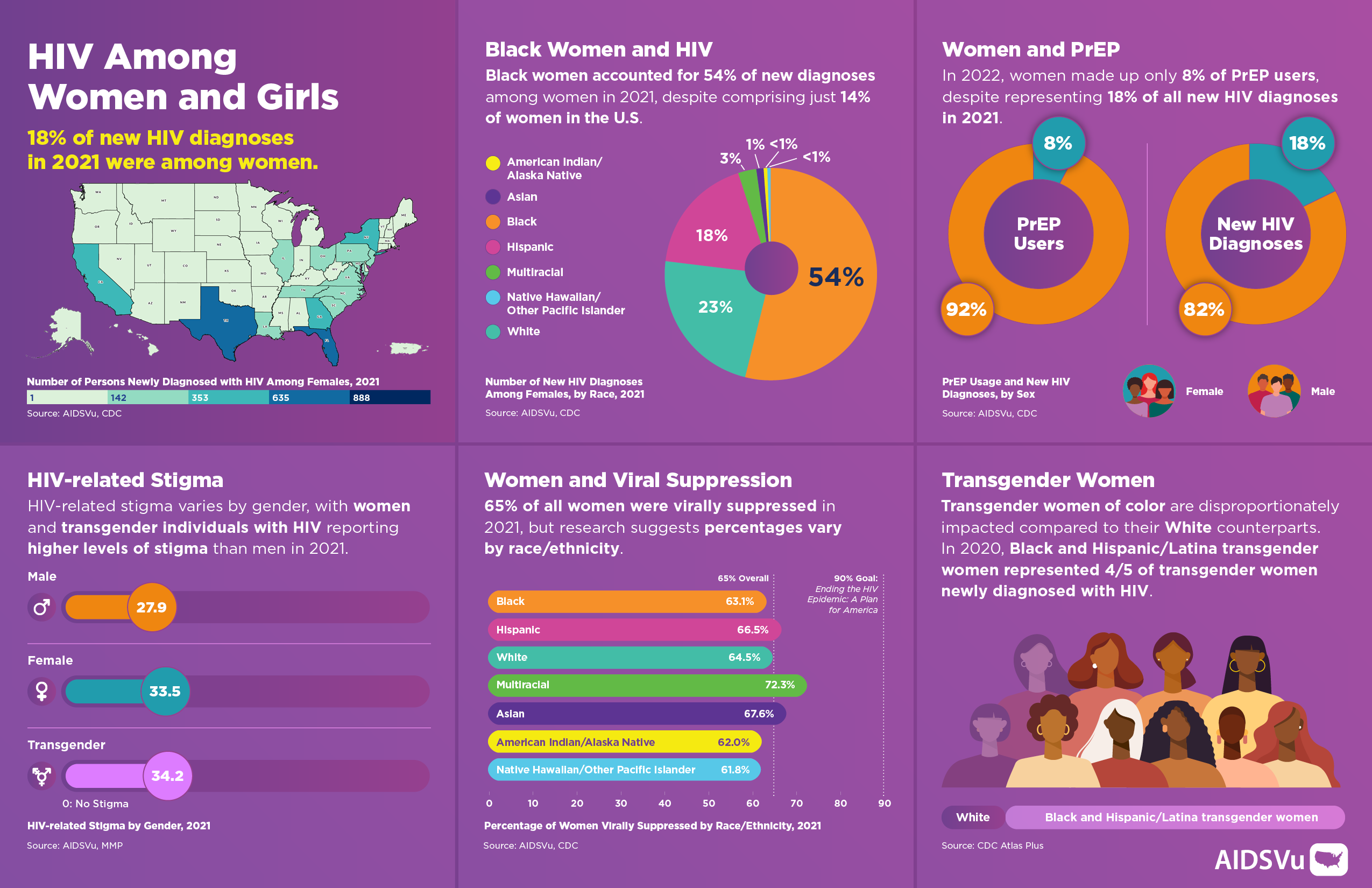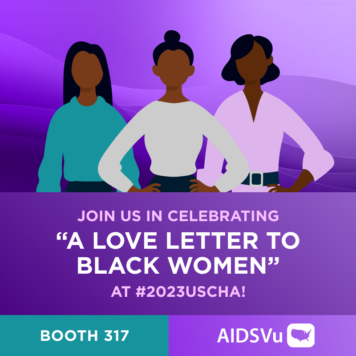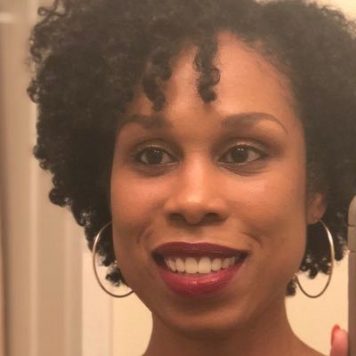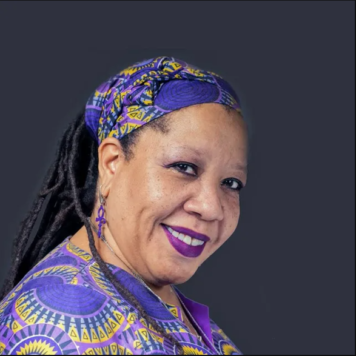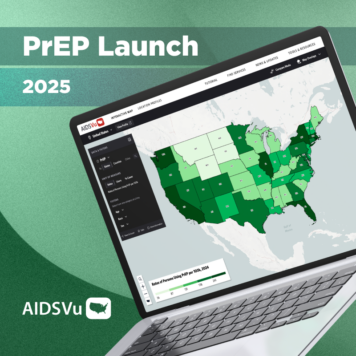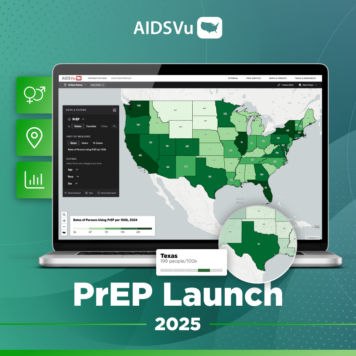National Women and Girls HIV/AIDS Awareness Day (NWGHAAD) is an opportunity to highlight how HIV impacts girls, women and transgender women across the U.S.
Women with HIV are often underrepresented in the HIV conversation, despite representing 23% of all people living with HIV in 2021. Women are also less likely to perceive themselves as at risk for HIV. They often do not receive HIV and prevention-related information from health care providers and their communities adequate to their risk.
In 2021, 18% of the new HIV diagnoses in the United States were among women. Black women continue to be disproportionately impacted by HIV, accounting for 54% of new HIV infections in U.S. women, despite making up 14% of the female population.
Additionally, a recent CDC study found that Black transgender women accounted for 62% of HIV infections among transgender women with HIV living in seven major U.S. cities. Black women are also underserved by prevention methods such as PrEP relative to their need. Among all PrEP users in the U.S. in 2021, 92% were male and only 8% were female, despite the fact that women comprised 18% of new HIV diagnoses.
65% of all women were virally suppressed in 2021, but research suggests percentages vary by race/ethnicity and gender identity.
Deeper Look: HIV Among Women
Check out AIDSVu’s new Deeper Look on HIV among Women.
Infographics
AIDSVu’s infographics are meant to encourage new ways of visualizing the HIV epidemic among women. Share them on social, print them out as one-pagers, and add them to your presentations.
2024 Theme
Prevention and Testing at Every Age. Care and Treatment at Every Stage.
Social Posts
- In 2021, 18% of the new HIV diagnoses in the United States were among women. Black women continue to be disproportionately impacted by #HIV, accounting for 54% of new HIV infections in U.S. women, despite making up 14% of the female population. This #NWGHAAD learn more about how HIV impacts women.
- In 2022, women made up only 8% of #PrEP users, despite representing 18% of all new #HIV diagnoses in 2021. #NWGHAAD
- Transgender women of color are disproportionately impacted compared to their White counterparts. In 2020, Black and Hispanic/Latina transgender women represented 79% of transgender women newly diagnosed with HIV. This #NWGHAAD learn more about how #HIV impacts #transgender women.
- HIV-related stigma varies by gender, with women and transgender individuals with #HIV reporting higher levels of stigma than men in 2021. On #NWGHAAD learn how HIV impacts women’s quality of life.
Social Banners
Update your social banners for NWGHAAD 2024 with our graphics.
Email Signature
Update your email signature for NWGHAAD 2024 with our graphics.
Partner Resources
Read the issue brief, Seizing the Moment: Elevating Black Women in the HIV Response from the Black Women’s Health Imperative and Georgetown’s O’Neill Institute.
A Love Letter to Black Women

